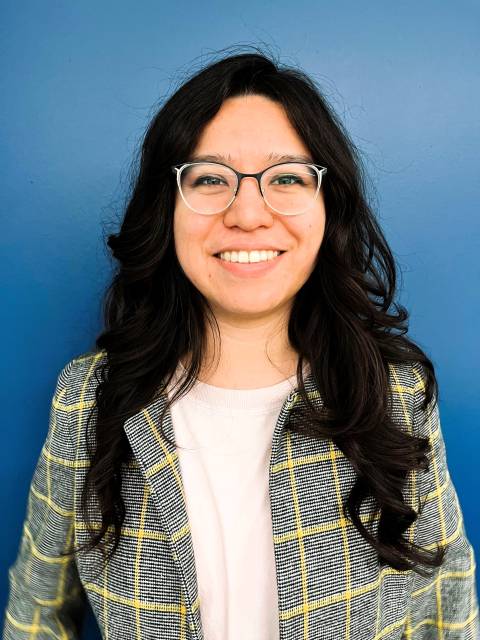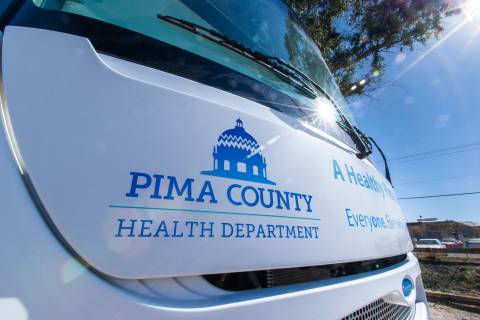You are here
Fighting the Overdose Epidemic Through Innovation in Arizona
In an effort to tackle the impact of the overdose epidemic at the local level, Linda Cifuentes, MSc, a program implementation specialist with the CDC Foundation’s Overdose Data to Action (OD2A) program, is working closely with the Arizona Pima County Health Department to bring innovative, community-centered harm reduction initiatives to life. Their targeted efforts reach across diverse community settings, creating a comprehensive response to the crisis of substance use and overdose deaths in the region.
Reaching the Unseen and Unheard
Pima County’s outreach strategy focuses on reaching people where they are physically and emotionally. Outreach staff, including two peer navigators and two case managers, work tirelessly to distribute naloxone, provide harm reduction education and offer peer support and linkage to care services. These efforts extend to critical areas such as unhoused encampments, bus routes, bus stations, public health clinics, Medication for Opioid Use Disorder (MOUD) clinics, libraries and even the county’s transition center.
“We’re going beyond the traditional walls of public health,” Linda explains. “We’re meeting people in their communities on buses, in encampments and in spaces where they feel safe to not only save lives with naloxone but also to build relationships and trust.”
Prioritizing Tribal Communities
Acknowledging the unique needs of Indigenous populations, Pima County is also focusing outreach efforts on tribal communities. At the 30th Annual Elder Day Luncheon in Pascua Yaqui, a tribal case manager provided targeted support and education to elders and families. The county is also strengthening its partnerships with the Tohono O’odham Nation, building trust and collaboration to address overdose prevention on tribal lands.
“We understand that overdose prevention in tribal communities requires respect, cultural competence and long-term partnership,” Linda emphasizes. “We’re not just providing resources; we’re listening and learning to co-create solutions.”
A Model of Community-Centered Innovation
This multi-faceted outreach effort highlights the power of collaboration between public health departments, community organizations and national partners like the CDC Foundation’s OD2A initiative. By prioritizing peer support, harm reduction education and culturally relevant outreach, Linda and Pima County are not only saving lives but also reshaping how communities approach overdose prevention.
The Overdose Data to Action (OD2A) staffing support program is supported by the Centers for Disease Control and Prevention (CDC) of the U.S. Department of Health and Human Services (HHS) as part of a financial assistance award totaling $35,599,796 with 100 percent funded by CDC/HHS. The contents are those of the author(s) and do not necessarily represent the official views of, nor an endorsement by, CDC/HHS or the U.S. Government.

